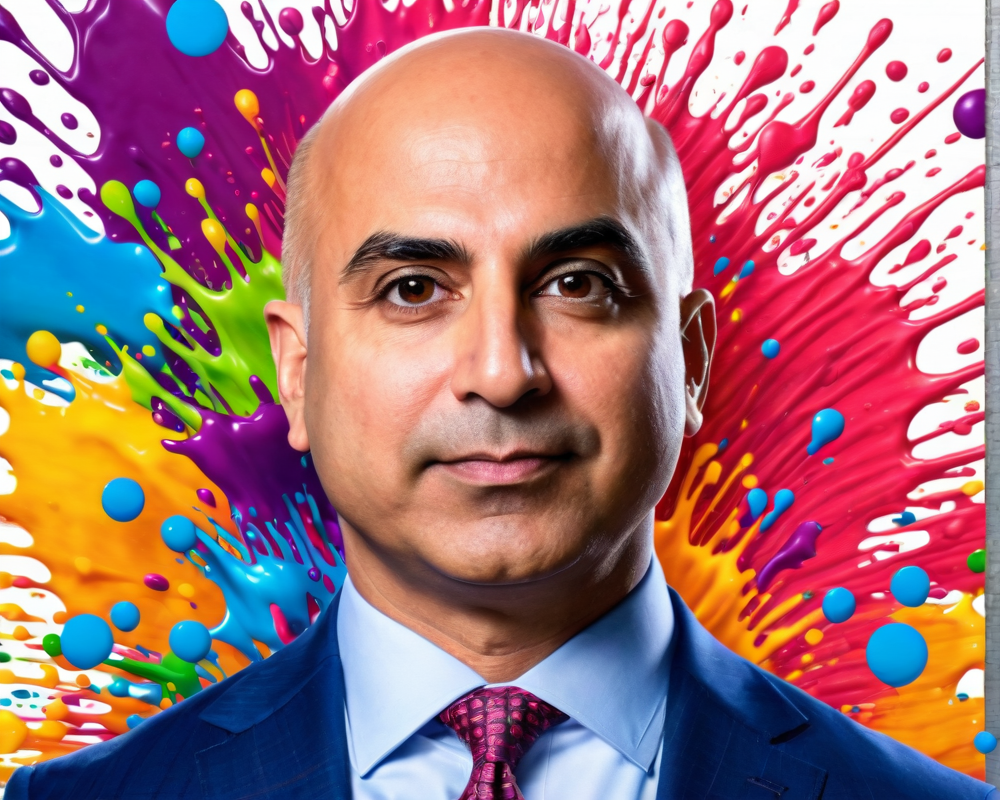Understanding the Concept of Staking Derivatives
In a world where cryptocurrency is reshaping the financial landscape, staking derivatives are emerging as a game-changer. These innovative instruments allow crypto enthusiasts to enjoy the perks of staking while still being able to utilize their capital elsewhere. What does this mean? Well, it’s like having your cake and eating it too—no calorie counting required!
Unpacking the Challenges of Proof-of-Stake
Proof-of-Stake (PoS) protocols, while fancy and futuristic, come with a set of challenges. One of the most significant issues is the opportunity cost associated with locking up your funds for long periods. As Kent Barton, ShapeShift’s head of research and development, eloquently put it, users are often left wondering, “Why can’t I just use my funds while they’re waiting to earn some sweet staking returns?” Staking derivatives emerge as a solution to that burning question!
The Five Flavors of Staking Derivatives
Barton’s report categorizes staking derivatives into five tantalizing options:
- Native Derivatives: These are born from the original network and are often the most integrated.
- Exchange Derivatives: Provided by exchanges, these options often come with extra convenience.
- Custodial Derivatives: Third parties handle your staked assets, a blessing and a curse depending on your trust issues.
- Collateralized Tokens: A token backed by staked assets that still allows trading.
- Lending Options: This lets you leverage your staked tokens either for loans or yield farming.
Staking Derivatives and New Business Models
Staking derivatives open up a treasure chest of new business opportunities. Providers can charge fees for their services or offer them as a value-add for customers looking to maximize yields. Pooling funds while taking a cut from staking rewards? Sounds like a win-win, right? Only if you’re ready to let go of some of those sweet, sweet rewards!
Potential Risks and Long-Term Impact
But hold your horses! With great power comes great responsibility, and in the world of staking derivatives, the risks can be as real as your coffee addiction. The main concern revolves around custodial requirements—many users aren’t keen on relinquishing control of their staking tokens. Plus, there’s a hint of danger lurking when it comes to consensus risks. Barton suggests we’re years away from a market large enough to truly impact PoS chains, but still, it’s wise to tread carefully.
Future of Staking Derivatives and PoS Frameworks
As ShapeShift raises an eyebrow at current PoS frameworks, it’s evident that the perceived centralization of networks like Polkadot, Cosmos, and Near could dictate their futures. It’s a game of trust, and as Barton noted, the game players have a lot at stake (pun intended). In the crypto world, who thrives for the long term remains a riveting cliffhanger!




